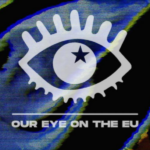
This month, we tried to enhance young people’s meaningful participation in various decision-making processes related to school activities and the creative use of public spaces. Drawing on our experiences in youth work and academic research on participatory planning, we collaborated with organizations and institutions that are part of the Eurodesk Multipliers network to facilitate participatory planning activities and generate policy proposals based on the ideas of young people. We aimed to explore ways to further integrate such methods into their decision-making processes.
The participatory processes were inspired by policy proposals on Youth Participatory Spatial Planning for the city of Kalamata, which is a part of Amerissa’s research project. You can access the report here.
Participatory Planning in Tripoli with high school students
In Tripoli, we were invited by the director of the 3rd High School, Eleni Tzani, and the Sports and Cultural Lab to facilitate a participatory process involving more than 100 high school students. The purpose of this process was to identify the needs and desired changes that young people wished to bring about within their school community and in relation to the broader community. The results have been shared with the director of the school and are available for anyone interested to get inspired.
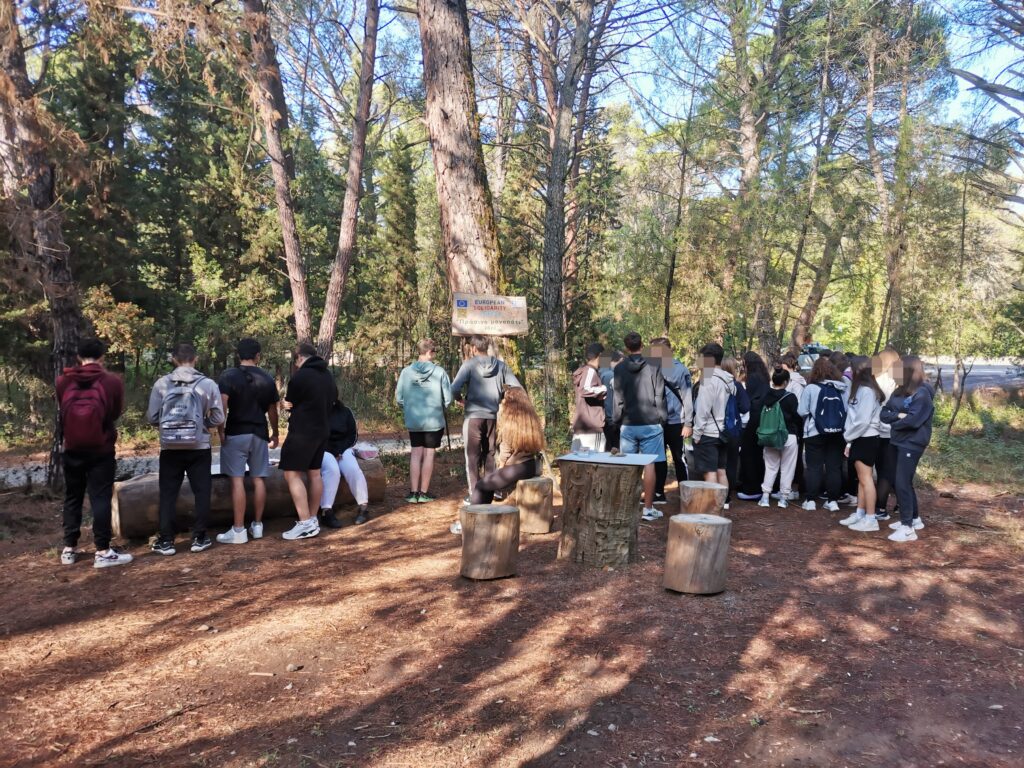
First, the students began with a short icebreaker activity, after which they were divided into groups and asked to address three key questions. These questions centered on how to enhance social inclusivity, promote ecological sustainability, and incorporate activities and initiatives that support healthier and more socially active lifestyles both within the school community and in its interactions with the broader society.
Finally, they had to co-create something out of their imagination using only natural materials they could find in the forest where the process was taking place. The results and policy proposals were shared with the school to encourage additional discussions with the students. The aim was to assist them in consistently integrating similar processes by fostering collaboration with other organizations and institutions, such as youth and cultural NGOs within the city, as well as the municipality.
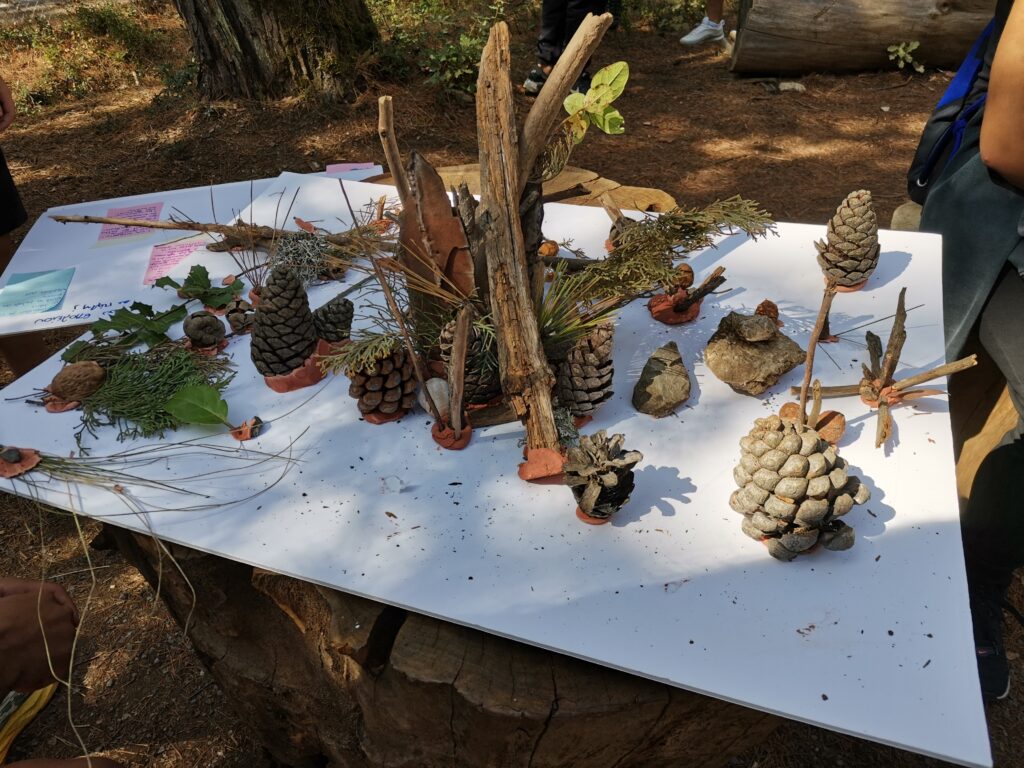
The same processes occurred three times, involving a diverse group of students from the school each time. It was intriguing to note that young people responded differently to the tasks assigned to them.
- The first group of students was a small group of 20 students. They immediately engaged with the activities and it was easy for them to collaborate together and with the facilitator.
- The second group was composed of three sub-groups (around 50 students in total) that initially had varying levels of interest and joined the activities at different times, creating coordination challenges. Their enthusiasm for participation was not as high as that of the first, smaller, and more bonded group. However, a critical discussion about their level of engagement, addressing the barriers, opportunities, and the necessity of participating, eventually made them more attentive and active.
- The third group (around 40 students) experienced the process after having already participated in other sport and learning activities. They were quite tired, and their limited time and cognitive capacity hindered their ability to participate meaningfully. Furthermore, since the results were progressively developed through the involvement of each group gradually, it didn’t feel welcoming and relevant to them to participate.
These observations underscore the importance of careful consideration when planning participatory processes with (young) people. It’s vital to recognize that not everyone has the mental and physical capacity to participate fully, and not everyone finds it meaningful to engage in a process that has already generated relatively advanced outcomes.
Participatory Planning in Kozani with youth during a cultural event
In Kozani, we were invited by Arsis Kozanis and their youth group, S.A.N. team, to lead a participatory process aimed at identifying creative, cultural solutions for public spaces. These solutions were intended to align with ecological principles, foster inclusivity for marginalized individuals and communities, and take into account gender-sensitive considerations. Over 30 young people participated in this open invitation, and for two hours, a public square transformed into a participatory spatial planning workshop. The workshop was implemented within the program of a larger cultural festival organized by the S.A.N. team of Arsis Kozanis (Christina Maria Mavromatidou, Apostolis Giona, Alex Papadelis, Eleni Valaka, Maria Sakali, Gogo Pistola and Eleni Marinou).
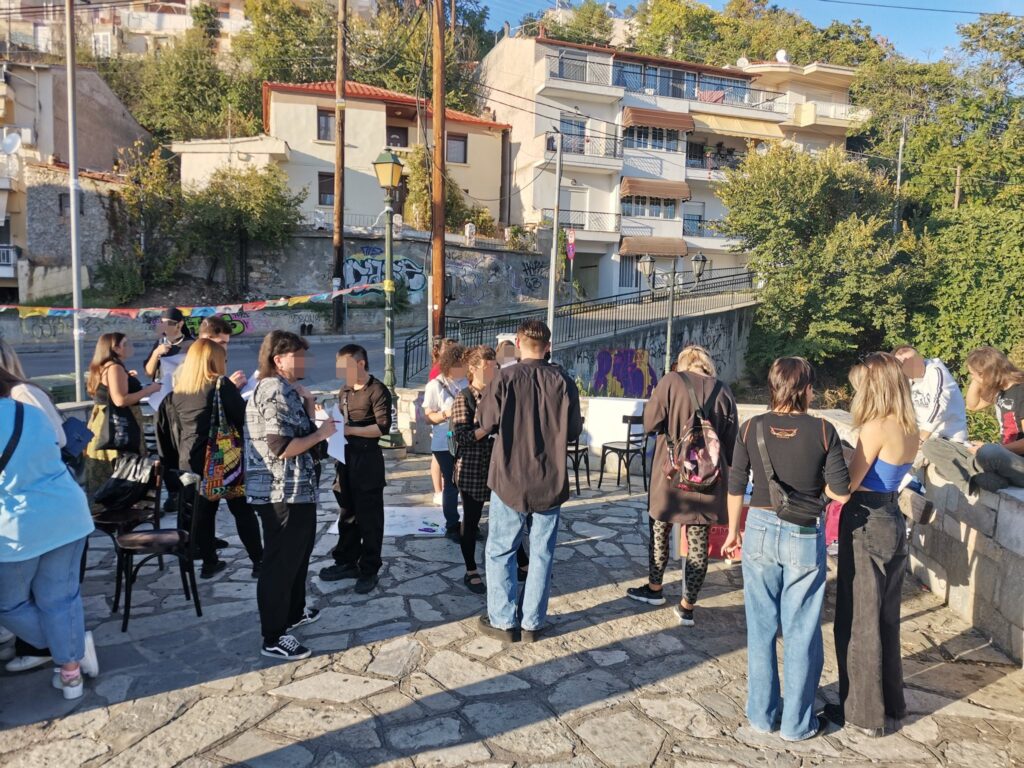
The session started with a BINGO! game, which is openly accessible for use. The game was centered around the theme of public space and had the following objectives: to help participants in getting to know each other, encourage them to share personal stories related to public spaces, and engage in critical discussions about concepts such as public, private, common spaces, the diverse experiences people have in public areas, participation in public spaces, the meaning of sustainability, etc.
Then, using a map of the city of Kozani, they added colors and symbols to collectively indicate the public spaces they either liked or disliked and identified areas they perceived as more closed or more open. Finally, the process took the form of a world cafe-style setup where groups of participants rotated between thematic “tables” covering the topics of ecological sustainability, gender considerations, and social inclusion in relation to creative, cultural solutions for public spaces.

A debriefing circle held after the final step of the process revealed that the participants not only enjoyed the experience but also learned and gained new perspectives on matters they had never considered before. They expressed feeling empowered by their involvement in such a process and expressed a desire to participate in similar initiatives as a means of socializing, proposing ideas, and collaborating with others to bring these ideas to life.
This event was the first experience of its kind in their city, where no one had previously asked for their opinions about the public spaces. Indeed, they hadn’t even previously thought about the potential for creating alternative uses for public spaces. Additionally, they expressed a wish for more time to engage in the activities. Once again, the results and policy proposals were shared with the S.A.N. team, serving as a valuable source of information to guide the development of their cultural and artistic activities in the city.
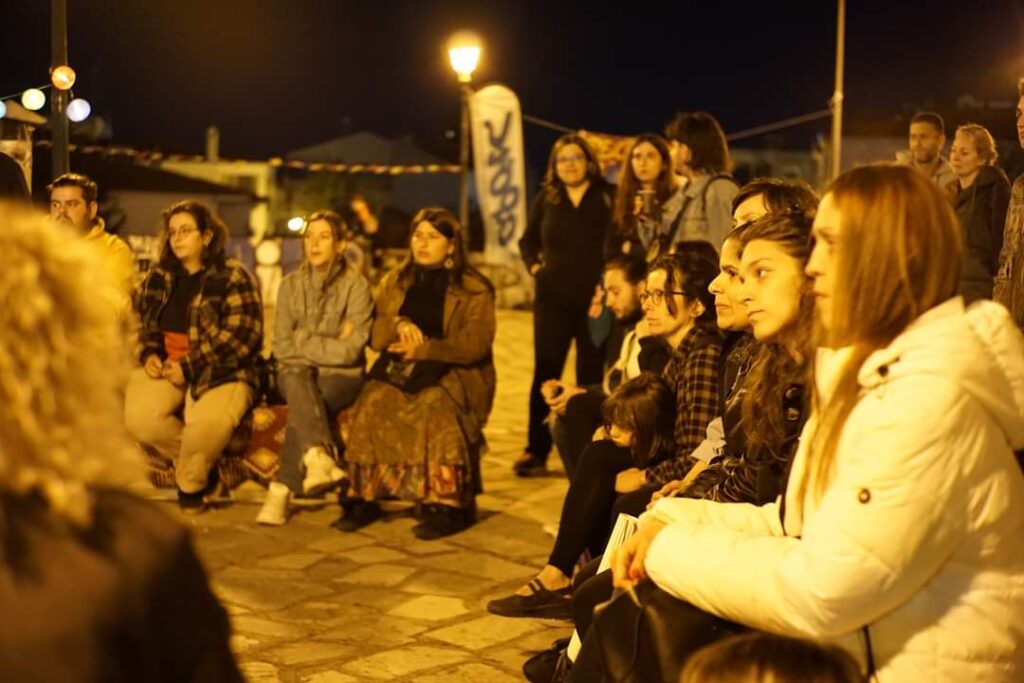
Following the youth participatory spatial planning workshop, an engaging presentation and discussion introduced the significance of public and social spaces for democracy and socio-spatial justice. The conversation revolved around how individuals and social groups could reclaim these spaces through grassroots efforts, as well as by collaborating with local institutions and garnering broader community support.
The presenters were Giorgos Chatzinakos from the Alexandros Svolos Neighborhood Initiative, the organizers of SourdStock Kozani DIY Festival Kozani, Apostolis Vlachos and Michalis Gitsa from the Cultural and Environmental Association of Achladochori “Krousovitis” and Thanasis Pavlou.
Do you have a youth participatory planning experience that you would like to share? Feel free to fill in this survey!
Want to host a similar participatory spatial experience? Email Amerissa at giannouli@interaliaproject.com
Photo credits from Kozani: Eleni Valaka and Isaac Karagiannidis




